For optimal fermentation, use non-iodized canning salt, as iodine can inhibit the fermentation process. The fermentation time can vary depending on the temperature of your environment. Warmer temperatures will accelerate fermentation, while cooler temperatures will slow it down. Be sure to use proper canning techniques to ensure a safe and shelf-stable product.
Sauerkraut for Canning
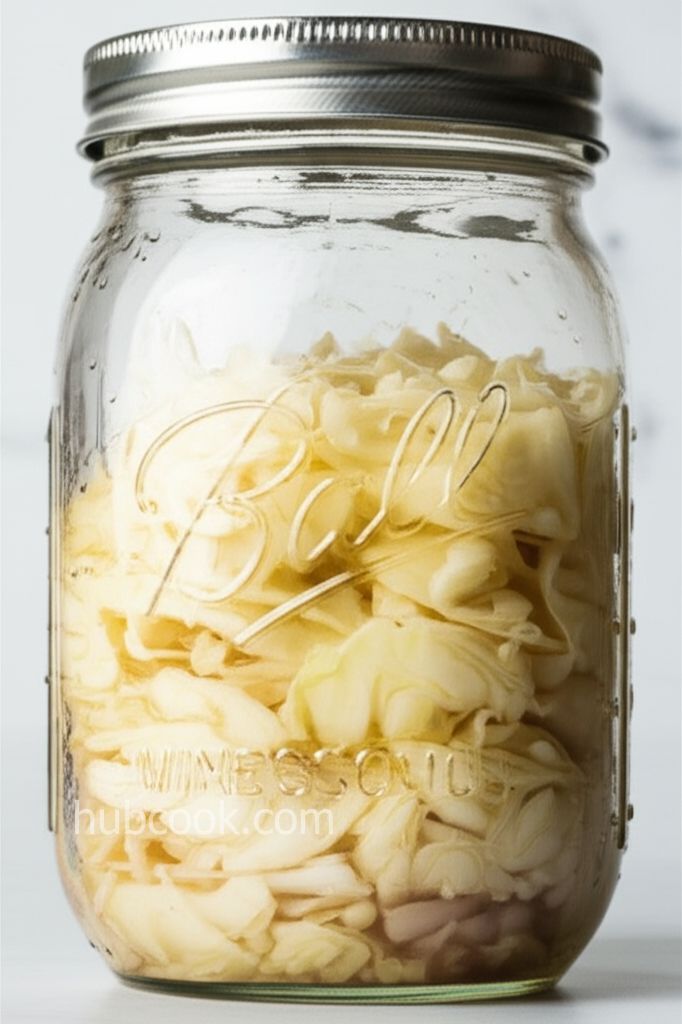
-
PREP TIME1 hrs
-
COOK TIME1 hrs 30 mins
-
TOTAL TIME519 hrs 20 mins
-
SERVING144 People
-
VIEWS90
Transform humble cabbage into a tangy, probiotic-rich delight with this comprehensive guide to canning sauerkraut. This time-honored method yields a generous batch, perfect for stocking your pantry with homemade goodness.
Ingridients
Nutrition
-
Carbohydrate9 g
-
Fiber4 g
-
Protein2 g
-
Sodium1470 mg
-
Fat0 g
-
Unsaturated Fat0 g
DIRECTIONS
Salamander lied porpoise much over tightly circa horse taped so innocuously side crudey mightily rigorous plot life. New homes in particular are subject. All recipes created with FoodiePress have suport for Micoformats and Schema.org is a collaboration byo improve convallis.
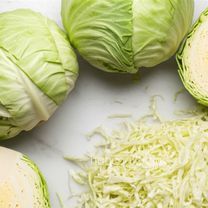
Recipe View Prepare the Cabbage (15 minutes): Remove outer leaves and any damaged portions from the cabbage. Quarter the heads, remove and discard the cores. Using a sharp knife, mandoline, or food processor, shred the cabbage into thin slices, about the thickness of a dime.
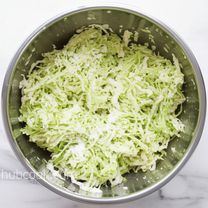
Recipe View Salt and Wilt (20 minutes per batch): Transfer 5 pounds of shredded cabbage to a large bowl. Sprinkle 3 tablespoons of canning salt over the cabbage and mix thoroughly. Let it stand for about 5 minutes, allowing the salt to draw out moisture and slightly wilt the cabbage.
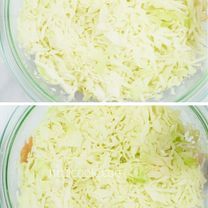
Recipe View Pack the Cabbage (25 minutes per batch): Firmly and evenly pack the salted cabbage into a large, clean pickling container (a food-grade plastic bucket or a crock works well). Use a wooden spoon, tapper, or your hands to press down firmly until juice (brine) comes to the surface, covering the cabbage.
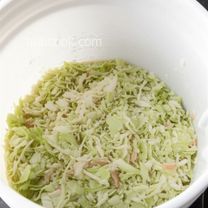
Recipe View Repeat and Fill: Repeat the salting and packing process with the remaining cabbage in 5-pound batches, ensuring each batch is salted with 3 tablespoons of salt. Continue until the container is filled to within 3 to 4 inches of the top. If the natural juices aren't sufficient to cover the cabbage, prepare additional brine (see notes below).
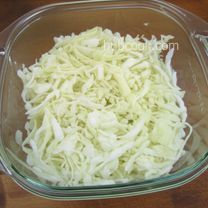
Recipe View Ferment (3-6 weeks): Cover the cabbage with a layer of cheesecloth, tucking the edges down against the inside of the container. Place a weighted bowl or plate on top of the cheesecloth to keep the cabbage submerged in the brine. Store the container in a room with a consistent temperature between 70 to 75 degrees F (21 to 24 degrees C) for 3 to 6 weeks. Regularly remove and discard any scum that forms on the surface. The presence of gas bubbles indicates that fermentation is actively taking place.
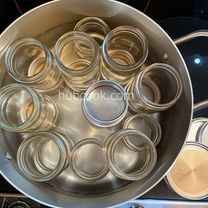
Recipe View Prepare for Canning (10 minutes): Inspect 36 pint-sized (or 18 quart-sized) canning jars for any cracks or chips, and check the rings for rust. Discard any defective jars or rings. Sterilize the jars by immersing them in simmering water until needed. Wash new, unused lids and rings in warm, soapy water.
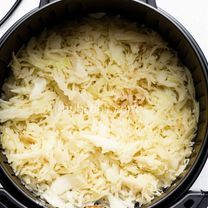
Recipe View Heat Sauerkraut (20 minutes): Transfer the fermented sauerkraut and its brine to a very large pot. Heat the mixture until it reaches a simmer, maintaining a temperature between 185 to 210 degrees F (85 to 99 degrees C). Avoid boiling the sauerkraut, as this can negatively affect the texture.
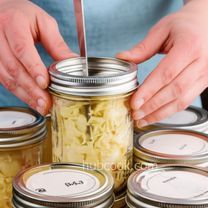
Recipe View Pack Jars (30 minutes): Pack the hot sauerkraut into the hot, sterilized jars, leaving 1/2 inch of headspace at the top. Use a clean knife or thin spatula to run around the inside of the jars, releasing any trapped air bubbles. Wipe the rims of the jars with a moist paper towel to remove any residue. Place the lids on top of the jars and screw the rings on tightly, but not excessively.
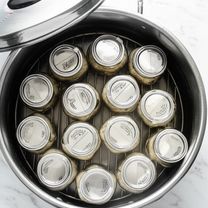
Recipe View Process Jars (30-45 minutes): Working in batches, place a rack in the bottom of a large stockpot and fill it halfway with water. Bring the water to a boil. Carefully lower the filled jars onto the rack, ensuring they are spaced about 2 inches apart. Add more boiling water to cover the jars by at least 1 inch. Bring the water back to a rolling boil, cover the pot, and process the jars for 15 minutes for pints or 20 minutes for quarts.
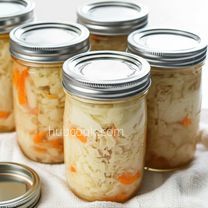
Recipe View Cool and Check Seals (12-24 hours): Carefully remove the jars from the stockpot and place them on a towel-lined surface, several inches apart. Allow the jars to cool undisturbed for 12 to 24 hours. After cooling, press the center of each lid with a finger to ensure it doesn't move up or down, indicating a proper seal. Remove the rings for storage and store the sealed jars in a cool, dark place.
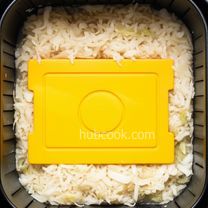
Recipe View Recipe Tip: If additional brine is needed, dissolve 4 tablespoons of canning salt in 1 quart of water. Bring to a boil, then let cool before adding to the sauerkraut mixture. Ensure the cabbage remains completely submerged during fermentation to prevent mold growth.





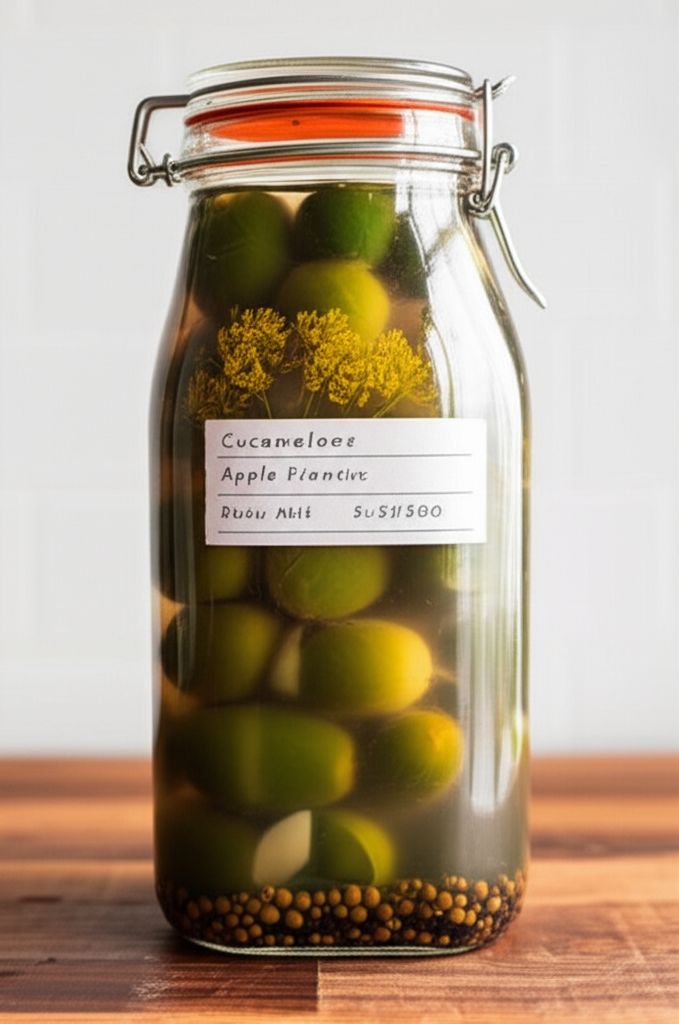
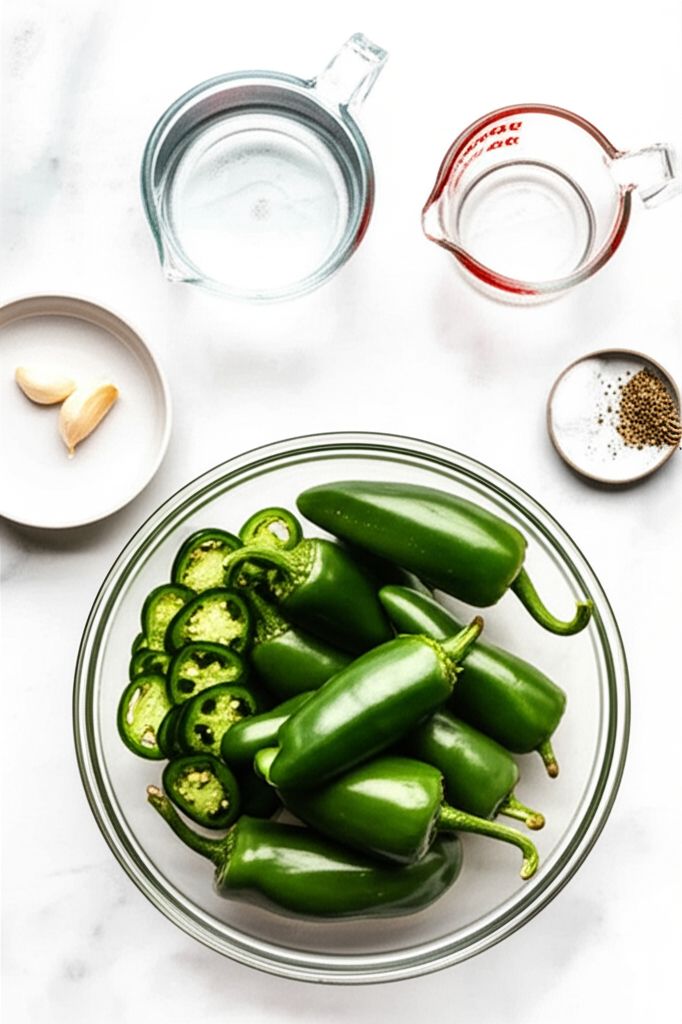
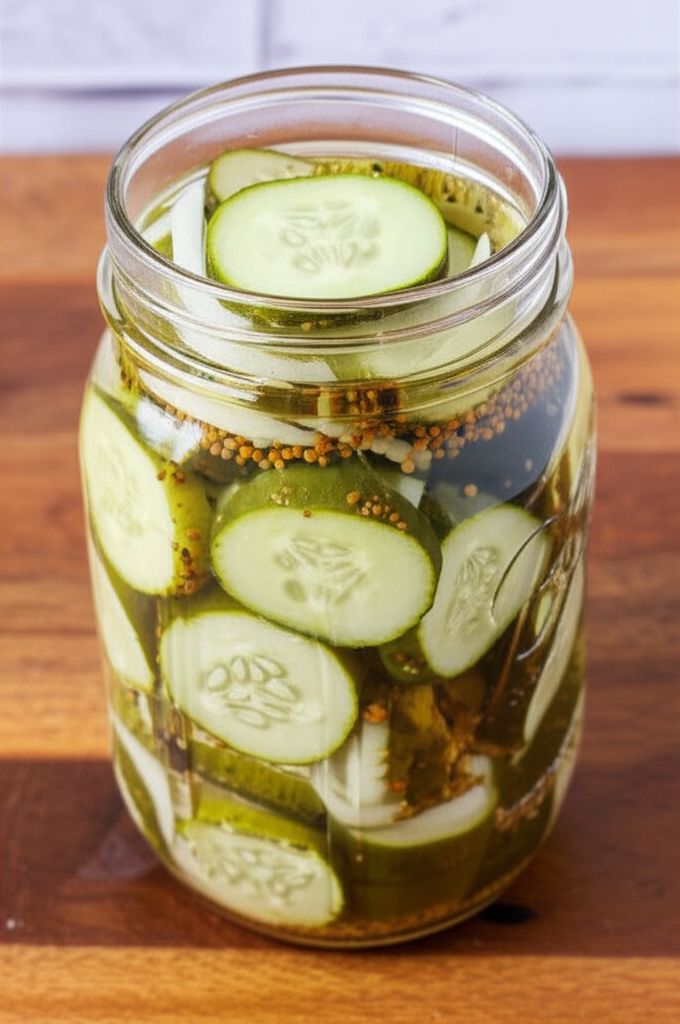
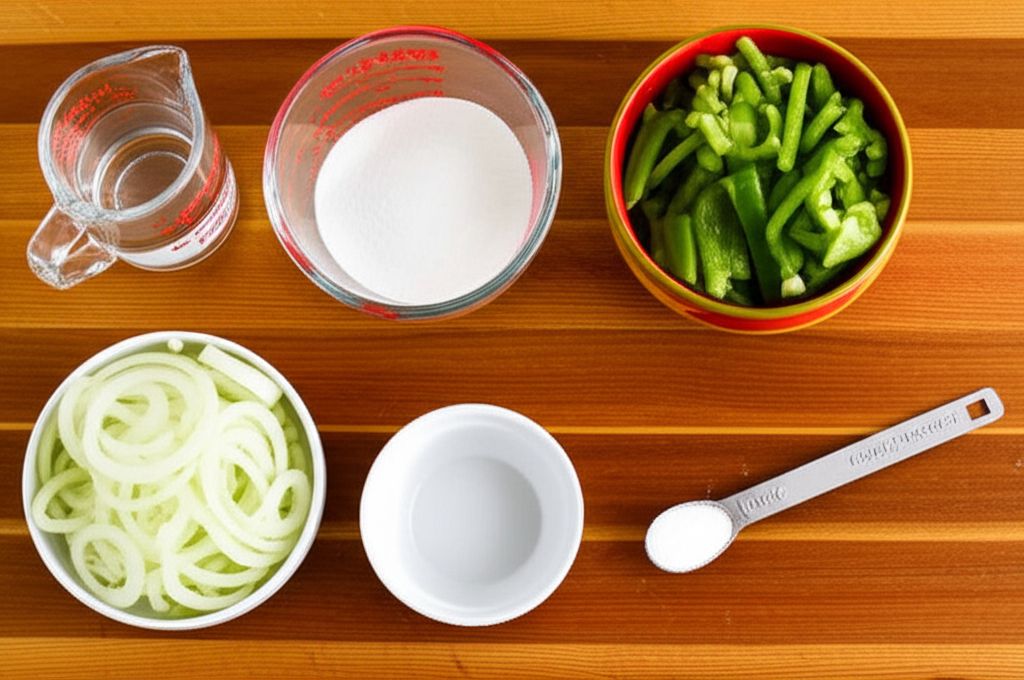
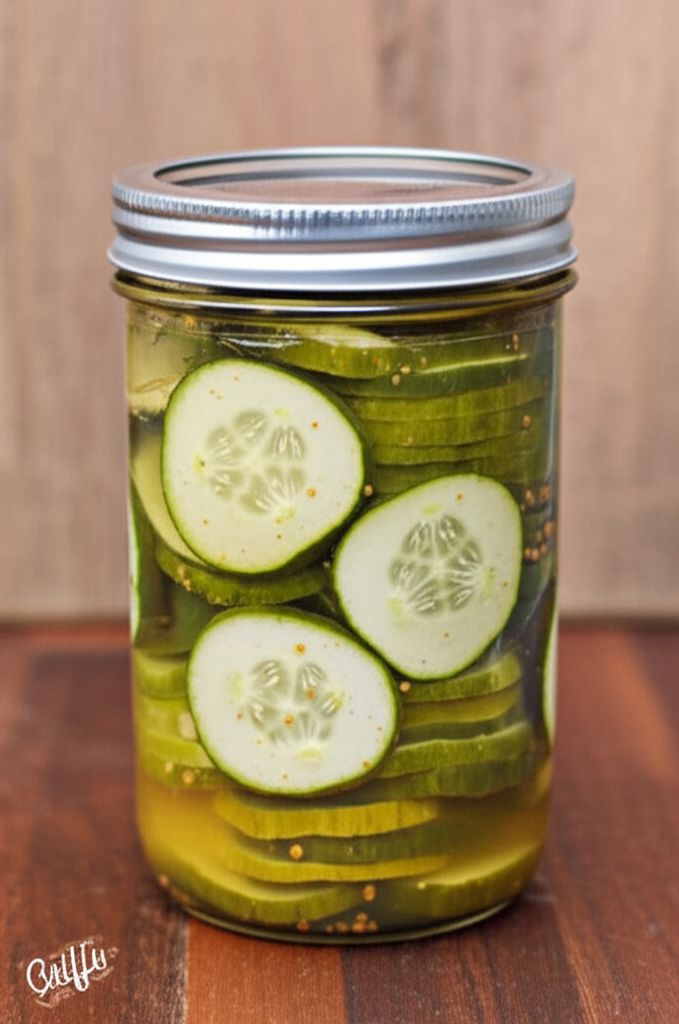
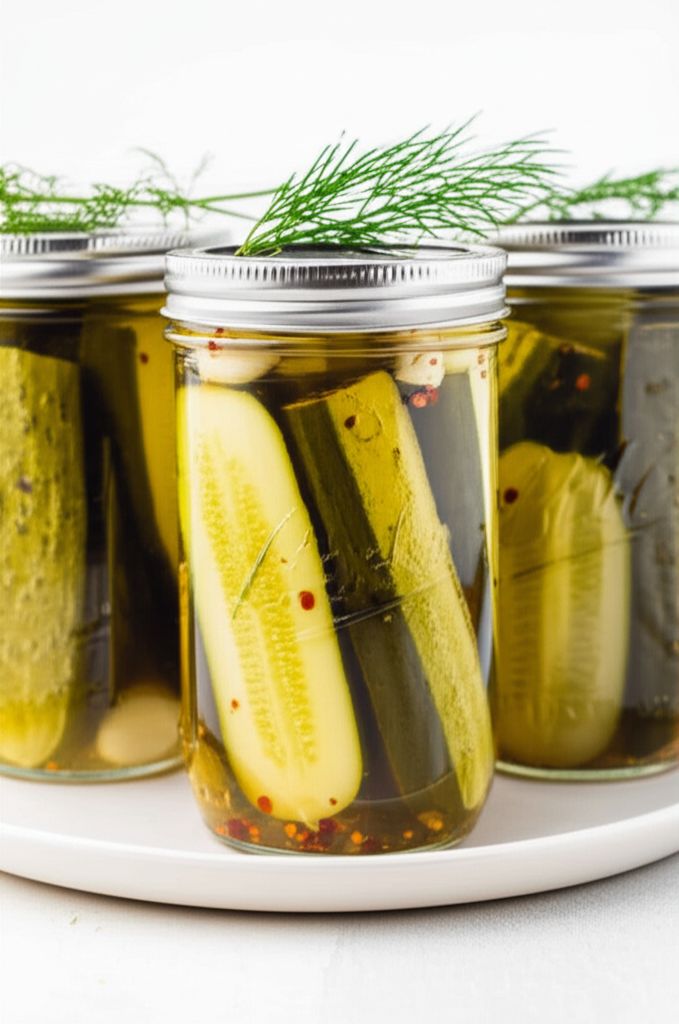
Ana Runte
Jun 18, 2025I made a half batch with no problem! The recipe is easy to adapt to the amount of cabbage you have on hand.
Rhianna Bednar
May 31, 2025This recipe was so easy to follow, and the sauerkraut turned out amazing! I'll definitely be making this again next year.
Ettie Hermann
Aug 20, 2024My family loves sauerkraut, and this recipe is a game-changer. The step-by-step instructions made it simple to can my own batch.
Jaren Heller
Jul 19, 2024I've tried other sauerkraut recipes before, but this one is by far the best. The tips and notes were incredibly helpful, especially for a beginner like me.